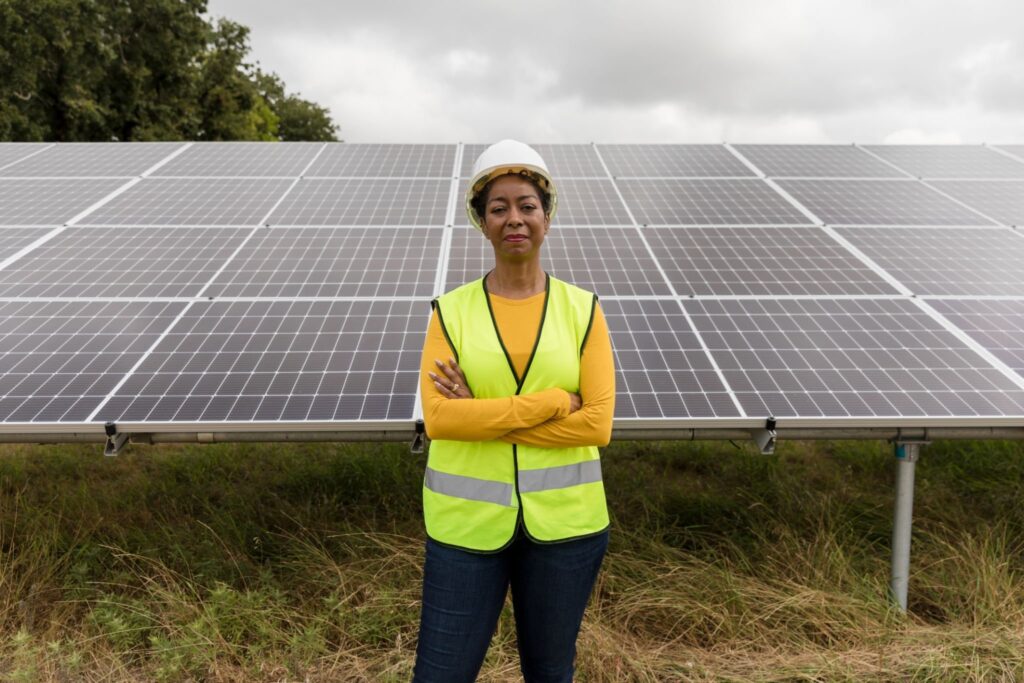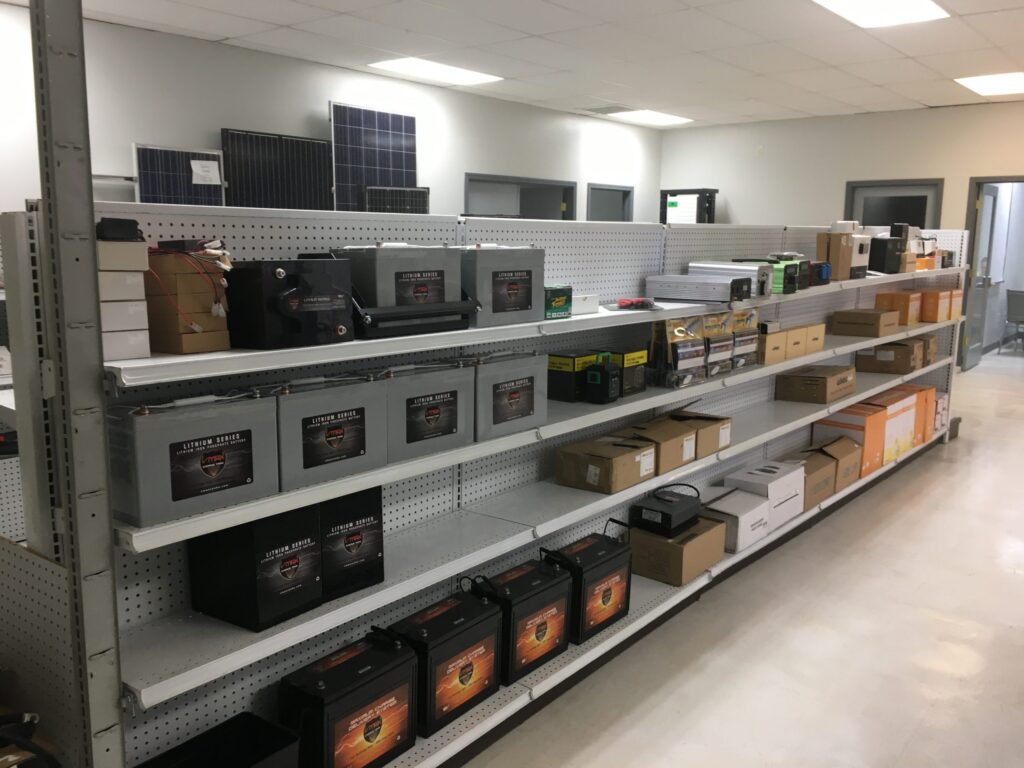If you’ve heard about solar panels that don’t use batteries then you might have questions like; Can I actually use solar energy without a battery? How can we obtain electricity using a solar panel without batteries? Are there ways to use solar energy directly without connecting them to batteries?
This article will educate you on how solar energy panels operate without batteries. It also contains the right answers to most of the frequently asked questions about a solar panel with no battery.

Solar Panels Without a Battery
Solar panels have become increasingly popular as a source of renewable energy. They are a cost-effective and environmentally friendly way to generate electricity. However, some people are hesitant to install solar panels because they believe that they need a battery to store the electricity generated by the panels.
This is not always the case. In fact, many homes and businesses can benefit from solar panels without a battery. Solar panels generate electricity by converting sunlight into direct current (DC) energy. The inverter then converts the DC energy into alternating current (AC) energy.
We generally use AC to power homes and businesses. If a battery is not present, the AC energy is fed directly into the electrical grid.
Benefits of Solar Panels Without Batteries
Ever wondered why there can’t be a solar power supply without solar panels? Below, are some of the benefits of having solar panels without a battery;
1. Cost-effective
One of the biggest benefits of having solar panels without a battery is that it is more cost-effective. Batteries are expensive, and their cost can quickly add up. Installing a battery system can also increase the overall complexity and maintenance of a solar panel system. By eliminating the need for a battery, you can reduce the cost of installation and maintenance.
2. Efficiency
Another benefit of having solar panels with no battery is that it is more efficient. Batteries have a limited lifespan and can become less efficient over time.
You also need to regularly maintain and replace, which can be time-consuming and costly. Thus, by neglecting the need for a battery, you improve the efficiency of the solar panel system, and reduce the amount of maintenance required.
Many homes and businesses connect to the electrical grid. This electrical grid serves as a giant battery that can store excess electricity generated by solar panels.
This means that when the sun is shining and the panels are generating more electricity than you consume, the excess electricity goes back into the grid.
However, you can use this excess electricity at homes or/and offices when the sun is not shining. So, this is known as net metering, and it is a cost-effective and efficient way to store and use excess electricity.
3. It is a reliable source of energy
Another benefit of having solar panels without a battery is that they can be a more reliable source of energy.
Batteries can fail or become damaged, which can cause power outages. By eliminating the need for a battery, you improve the reliability of the solar panel system.
Having solar panels without a battery can be a cost-effective, efficient, and reliable way to generate electricity. While batteries are an important component of some solar panel systems, they are not always necessary.
By connecting to the electrical grid and utilizing net metering, many homes and businesses can benefit from the use of solar panels without the need for a battery.
If you are considering installing solar panels, it is important to consider the benefits and drawbacks of each option to determine the best solution for your needs.
How do I Control My Solar consumption? Check here
How to Use Solar Panels Directly Without a Battery?
Using solar panels directly without batteries is a grid-tied solar panel system. Here are some of the ways one can use solar panels directly batteries.
1. Install solar panels on your roof or property
If you want to enjoy solar power, you need to install it in a location that receives a lot of direct sunlight. So, they are typically on the roof or on a dedicated platform in the yard.
2. Use net metering
The direct current (DC) energy which the solar panels generates goes to an inverter. Then the inverter changes the DC energy into alternating current (AC) energy and commercial or residential buildings uses this power.
Excess electricity goes back to the mini-grids when the solar panels generate more electricity than you can consume. Then you can use the surplus electricity in homes and businesses even when the sun is not shining.
3. Receive credits for excess electricity
Homes and businesses that generate excess electricity through net metering may receive credits on their utility bill. We use these credits to offset the cost of electricity from the grid during periods when the solar panels are not generating enough electricity.
By using a grid-tied solar panel system, homes, and businesses can generate their own electricity and reduce their reliance on traditional, fossil fuel-powered sources of energy. Also, it is a cost-effective and environmentally friendly way to generate electricity without the need for a battery.
Different ways of connecting inverters to solar panels without involving batteries
There are several ways to connect an inverter to solar panels without involving batteries. The most common way is to use a grid-tied solar panel system. Hybrid and standalone systems are also available for specific situations and needs. Read below to know about the different ways of connecting inverters to solar panels without involving batteries;
1. The grid-tied solar panel system
This is the most common way to connect an inverter to solar panels without a battery. In a grid-tied system, the solar panels are connected directly to the inverter. So, it converts the direct current (DC) energy into alternating current (AC) energy and this is known as the grid-tied solar panel system.
2. The hybrid solar panel system
In a hybrid system, an inverter is connected to both solar panels and a battery. Thus, the solar panels generate electricity, which is stored in the battery. When the battery is full, any excess electricity is sent to the electrical grid. When the battery is depleted, electricity is drawn from the electrical grid to power the home or business.
3. The standalone solar panel system
In a standalone system, you connect an inverter directly to the solar panels without a connection to the electrical grid. This type of system is used in remote locations where there is no access to the electrical grid.
Conclusion
In conclusion, a solar panel without a battery is a cost-effective and eco-friendly solution for powering homes and businesses. With continued advancements in technology, the use of solar panels without batteries will likely become widespread in the future, providing a sustainable source of energy for generations to come.



